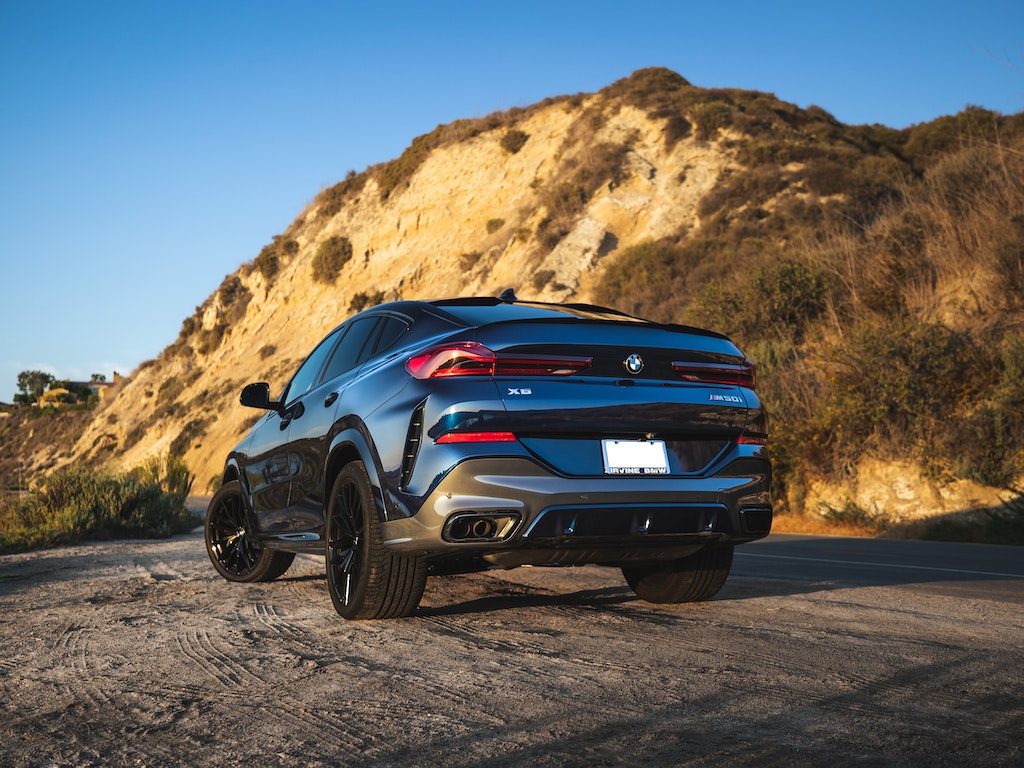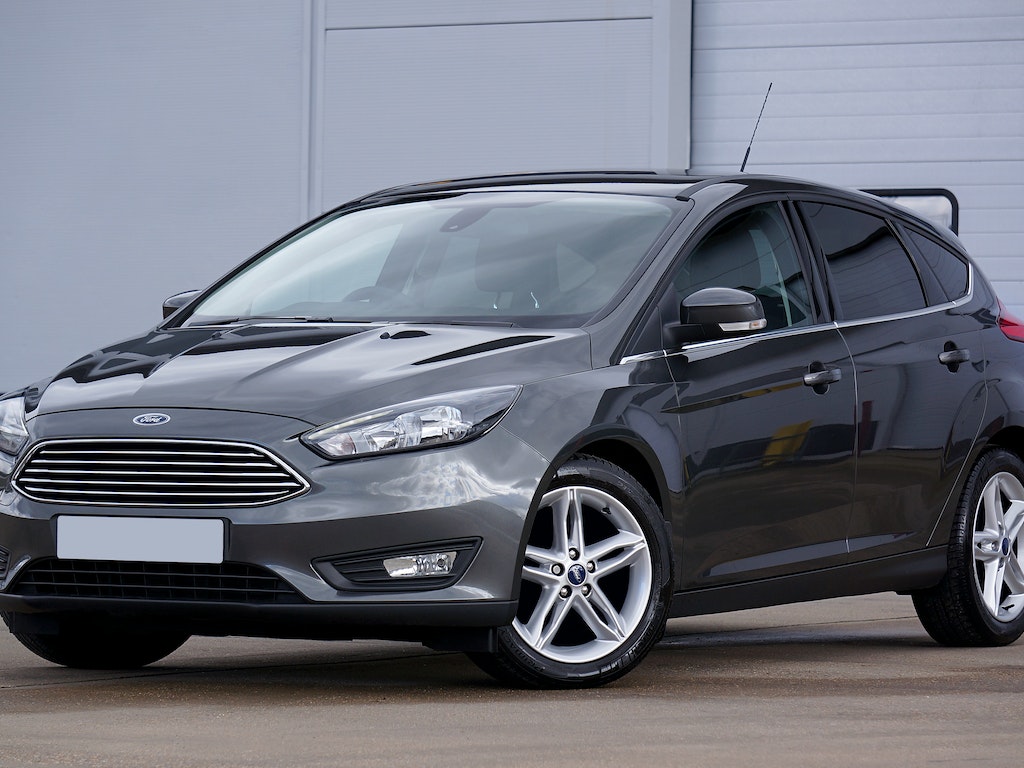
Have you heard the news? There is a new wave of vehicles on the market. These vehicles are BEV (Battery Electric Vehicles) and FCEV (Fuel Cell Electric Vehicles). But what are they, and how do they differ from regular gas-powered cars? Here’s a basic overview:
Battery Electric Vehicles (BEV)
A battery-electric vehicle is like the battery-powered toy cars we played with as children. The main difference is that the car is much larger and can go farther. Battery-powered have been around since the 1990s but have yet to reach widespread adoption. The main issue holding them back is that they can only travel a limited distance before needing a charge. The trip between charges takes time, so a BEV isn’t always the best option if you need to drive long distances more than once a day. These green machines are probably right up your alley if you’re driving a short distance.
BEV advantages
Battery-electric vehicles are revolutionary in many ways. They are environmentally friendly and require less regular maintenance than conventional vehicles, and they’re smooth and silent in operation. Some of the latest models are also fast and fun to drive.
Fuel Cell Electric Vehicles (FCEV)
A fuel-cell car is an electric vehicle that doesn’t store electricity in a battery pack. Instead, it creates electricity through a chemical reaction between hydrogen and oxygen. The hydrogen is stored in a pressurized tank in the car. A fuel cell vehicle is driven by hydrogen, so the hydrogen needs to be replenished. It can take hours to recharge a battery-powered vehicle, but a fuel cell vehicle can be refueled with hydrogen in just a few minutes. This process is very similar to filling a conventional car with gasoline.
FCEV Disadvantage
One problem with a fuel cell vehicle is that there are few hydrogen fuel stations. On the other hand, many electric vehicle charging stations across the country exist. Fuel cell vehicles face a chicken-and-egg problem. Few stations exist to dispense hydrogen fuel, so few drivers are interested in buying them. However, drivers are likely to purchase fuel-cell vehicles once there are more fuel-cell stations.









